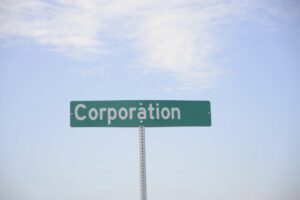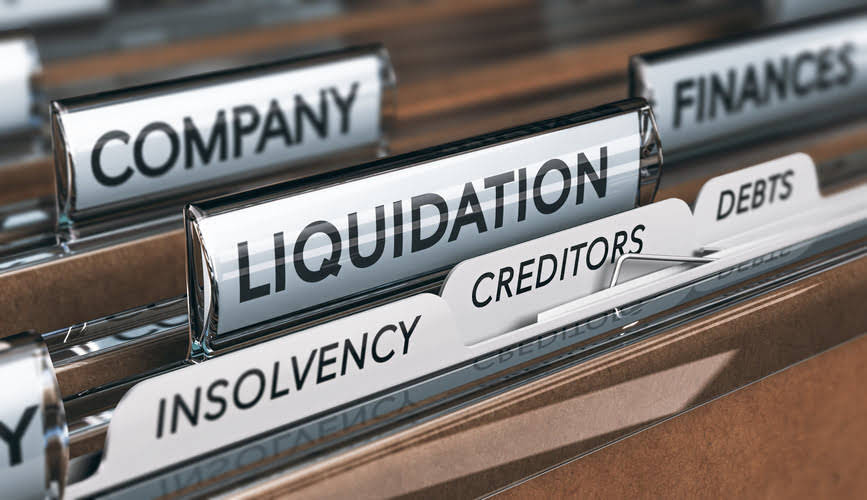
If your investment risk tolerance is low, investing in dividend-paying companies may be worthwhile. In all, investors would likely begin by digging through a stock’s financial reports and earnings data, and then looking at its dividend yield. The primary benefit of accounting for dividends is eliminating confusion regarding dividends. Since no “cash” has been paid out, there is no need to worry about whether or not there is enough cash on hand to pay a dividend. Accounting for dividends also prevents a company from recording accrued dividends that have not been paid.
Types of Savings Accounts
Ask your investment advisor or financial planner what their current strategy is this week–you might be surprised by the response. This is why electricity stocks with high payout rates are bid up during economic uncertainty. Investors need to know if the tax break will continue due to the significant disparity. If a business does not have adequate cash on hand or does not want to dilute the parent company’s stock, it can choose to do this. You are in good shape if you get a high yield (above 5%) and the payout ratio is low.
Important Dates with Regard to Dividend Payments
- In this article, we cover accounting for dividends and retained earnings.
- There are different ways to measure dividends and their value to investors.
- For example, Coltene Holdings would be an excellent investment for dentists because they are in the best position to assess which companies in their industry are cutting-edge and well-managed.
- Although Romney earned over $44 million in just two years, he only paid an effective rate of $14%.
- Therefore, to provide them with the return they expect from their investment, the company must pay a dividend to them.
When a stock dividend is issued, the total value of equity remains the same from the investor’s and the company’s perspectives. A public company is not required to issue dividends on common stock. However, it’s not a good look for a company to abruptly stop paying dividends or pay less in dividends than in the past.
A Quick Guide To Accounting For Dividends
If it doesn’t have the necessary cash to pay a dividend, it must borrow money or sell off assets. If it sells off assets, this could adversely affect future earnings because these assets are no longer available to generate revenue for the business. In the case of publicly-traded security, dividends are reported on the income statement in the “distributions to shareholders” account. This account records all dividends paid by the company to its stockholders during a given period. Whether or not the company has enough cash on hand to distribute a dividend, it must remove the amount distributed from retained earnings and add it to stockholders’ equity. However, while they eliminate many of the customary drawbacks of real estate, REITs also come with downsides.
Investing Basics: What Are Dividends?
Dividend yield is a way of understanding the relative value of a company’s dividend payment. Yield is expressed as a percentage, and it lets you know what return on investment you’re making when you earn a dividend from a given company. Special dividends might be one-off payouts from a company that doesn’t normally offer dividends, or they could be extra dividends in addition to a company’s regularly scheduled dividends. For example, Walmart Inc. (WMT) and Unilever (UL) make regular quarterly dividend payments. To use the dividend yield to compare two different stocks, consider two companies that pay a similar $4 annual dividend.
Some may choose to hang onto the funds and reinvest them in the company, particularly if the company is less established or focused on expanding. It’s also common for companies to suspend dividends if they’re experiencing some sort of financial trouble like a dip in revenue or an expensive lawsuit. A stock dividend is considered small if the shares issued are less than 25% of the total value of shares outstanding before the dividend. A journal entry for a small stock dividend transfers the market value of the issued shares from retained earnings to paid-in capital. Unlike cash dividends, stock dividends are not taxed until the investor sells the shares. This kind of compounding is why dividends accounted for 42% of the total return of the S&P 500 from 1930 to 2019, according to an analysis by Hartford Funds.
As with constant dividend policy, the residual dividend policy can create volatile returns for shareholders depending on the profits, capital expenditure, and working capital requirements of a company. However, investors are more likely to accept a residual dividend policy as it allows companies to what type of account is dividends use profits for future growth, which results in higher returns in the future for investors. Companies may choose to pay dividends in the form of extra shares instead of cash. This can be a perk for shareholders because these stock dividends are not taxed until the shareholder sells these shares.


Funds may also issue regular dividend payments as stated in their investment objectives. Although cash dividends are common, dividends can also be issued as shares of stock. Additionally, dividend-paying companies can be seen as stable companies, while growth companies, where value comes from stock price appreciation, may be riskier.

The Different Types of Dividend Investments Strategies
In general, dividends received from foreign investments might be subject to double taxation — once in the foreign country and again in the U.S. However, the U.S. offers a Foreign Tax Credit to mitigate this double taxation, allowing taxpayers to offset the foreign taxes paid against their U.S. tax liability. The rate of return on your original investment to acquire the underlying asset will rise with time as dividends rise over time. For example, if you purchase Natural Gas Inc. at $10 per share that pays $1 per share yearly, your ROI is 10%. If you are a dividend investor, there are many ways to maximize income from your investments, but you still have to be able to judge the current and future prospects of any stock you wish to buy.
